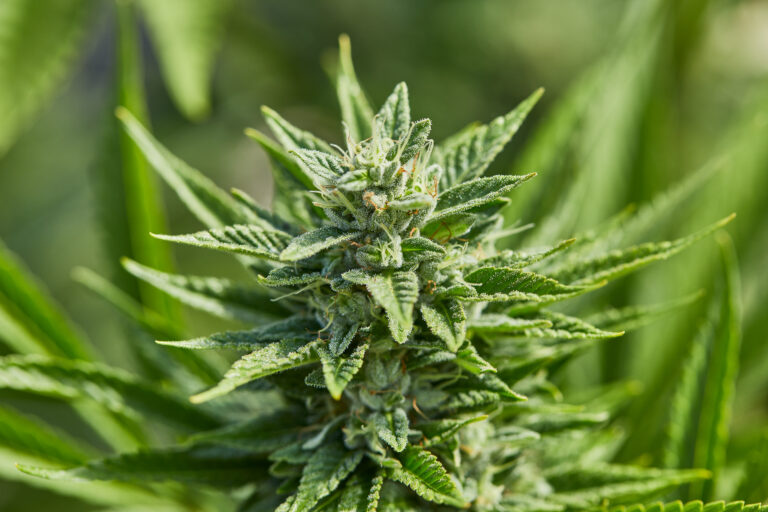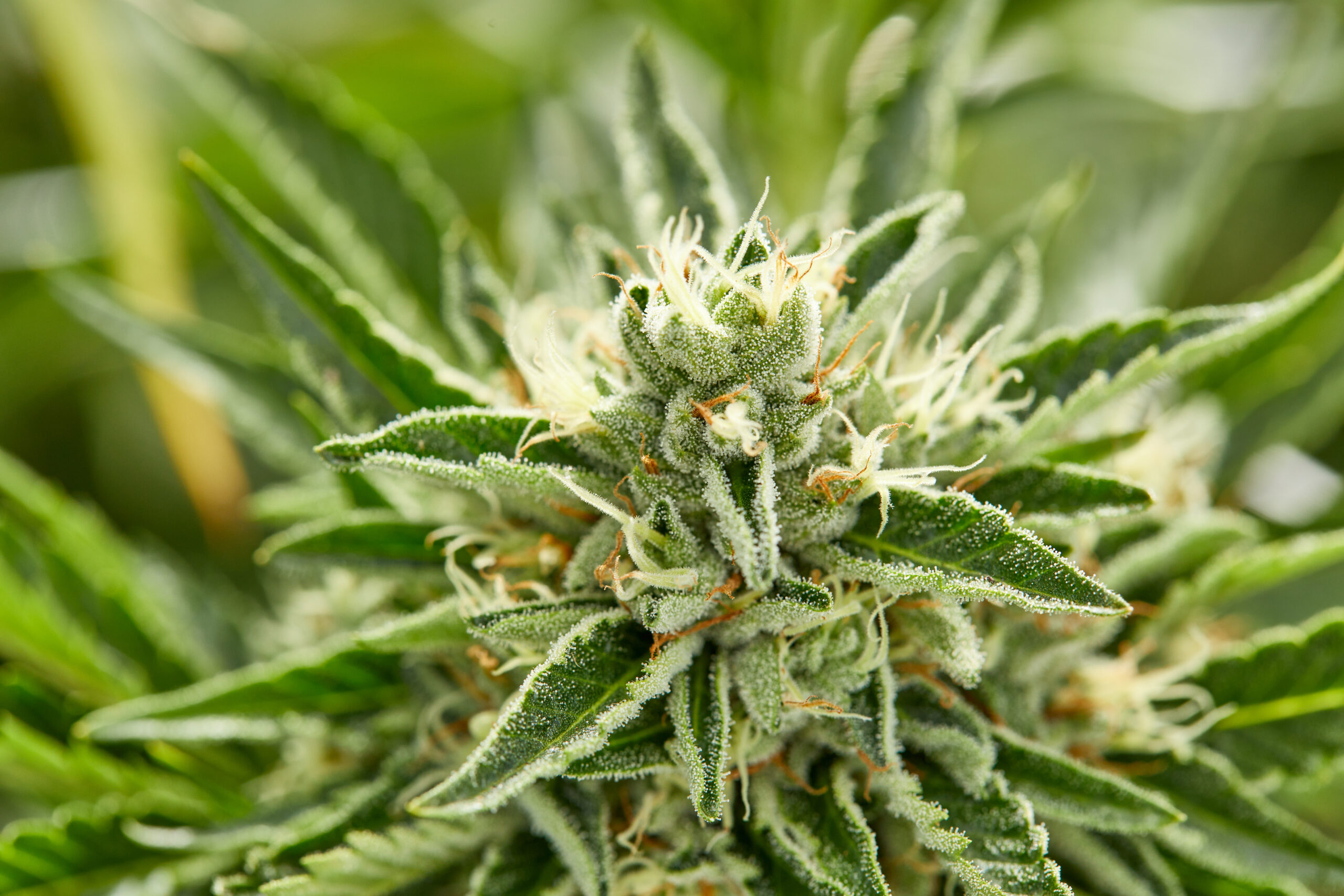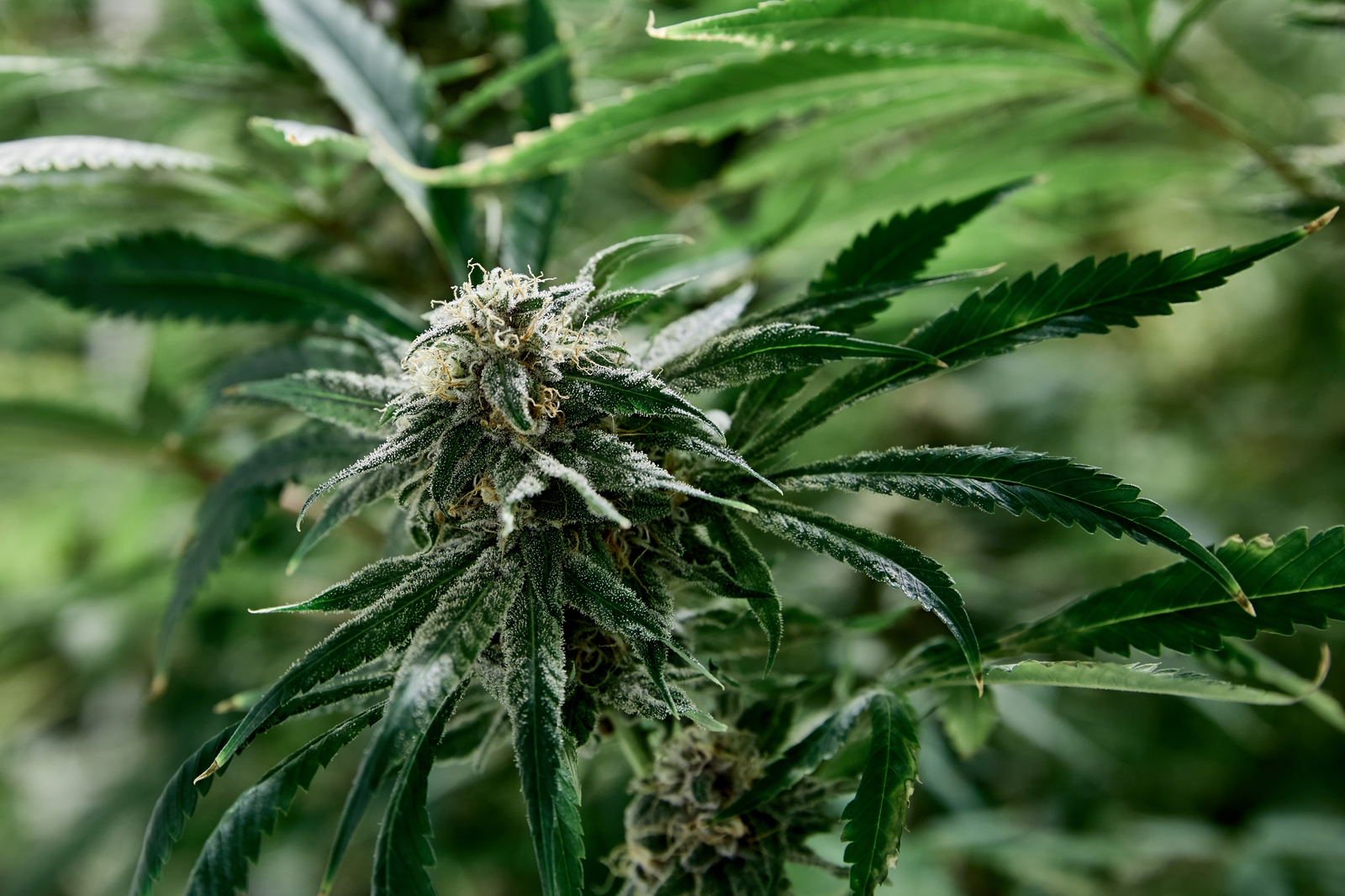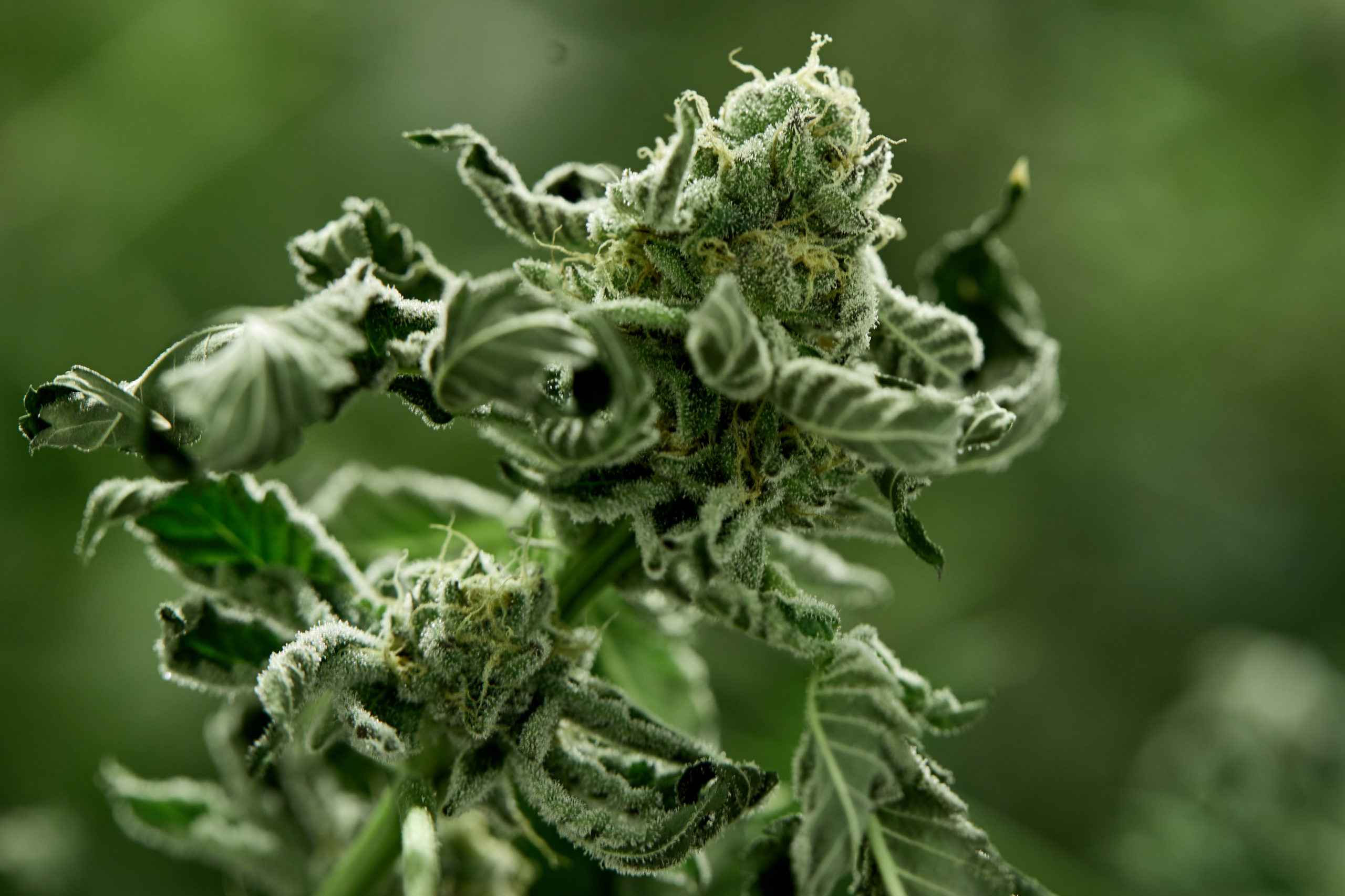If you're a beginner to cannabis cultivation, you're probably anticipating the moment when you can finally harvest those precious buds. But how do you know when the time is right? Whether tending to indoor plants or nurturing an outdoor crop, learn the best time to harvest cannabis for smoking flower, making hash and oil, and more.
What is the average time from planting to harvesting cannabis?
The time it takes to harvest cannabis from seeds depends on the specific cultivar being grown and whether it's cultivated indoors or outdoors. Different strains have varying growth patterns and maturation rates, which will influence the timing of your harvest.
- Indoors: Cannabis grown indoors gives you greater control over environmental conditions; because of this, the indoor cultivation timeline can be shorter compared to outdoor grows.
- Outdoors: Outdoor cultivation comes with its own set of challenges and advantages. Variables like geographical region and climate can influence the timeline of an outdoor crop and may extend its season.
Most strains will take 7 - 12 weeks to reach maturity, and while the timeline may be shorter for indoor grows, it still takes the same time for strains to be ready to harvest, whether outdoors or indoors.
How do you know when it's time to harvest weed?
Determining the perfect time to harvest cannabis is an art. Still, the most common method is through the plant's pistils and trichomes.
Pistil method
 Photo by: Gina Coleman/Weedmaps
Photo by: Gina Coleman/WeedmapsImage lightbox

The pistil method is a simple process where growers will use the coloring of the pistils, the hair-like female organs of the plant, to determine the best harvest time. Pistils start white and change to orange, red, or brown as the plant matures. When most of the pistils begin to change color, they will indicate when the plant is ready.
- 50 - 70% color: Too young to harvest.
- 70 - 90% color: Ideal time to harvest.
- 90 - 100% color: The plant may be overripe by this point, so it's crucial to harvest at this stage.
Pistils can change color prematurely due to environmental conditions such as higher levels of humidity, so keep that in mind when using the pistil method.
Trichome method
 Photo by: Gina Coleman/Weedmaps
Photo by: Gina Coleman/WeedmapsImage lightbox

The trichomes, the resin glands responsible for cannabis potency and house many beneficial cannabinoids and terpenes, can indicate the plant's maturity when you observe the resin's progress on both the buds and leaves. Due to their tiny size, trichomes can be challenging to see without a magnifying glass.
When it may be time to harvest your cannabis crop, carefully note the coloration of the trichomes. At the beginning of the growth cycle, they will start as small, spherical structures called “basal trichomes” and get longer as the plant matures, often taking on a lollipop or mushroom-like shape. As the process progresses, the trichomes will adopt a milky-white translucent color, followed by amber.
Depending on what you're wanting out of your cannabis crop, there are a few considerations:
- Growers wanting to produce a lighter-colored hash typically prefer to harvest when 80% of the trichomes are milky white, 20% transparent, and only a few amber.
- Those aiming for darker and more resinous hash harvest when a higher percentage of trichomes are amber, and the plant has fully matured.
- Still, other growers will harvest when the plant is less mature, and the trichomes are 70% milky white and 30% amber.
The crucial point is not to harvest with immature trichomes when the majority — 75 - 80% and above — are still transparent.
How can you tell if it's too early to harvest weed?
Harvesting cannabis prematurely can result in buds lacking the full spectrum of potency and flavor, so patience is key when cultivating cannabis.
Check for these signs to determine if it's too early to harvest your plants:
- Trichomes: If most of the trichomes are clear or translucent, it's typically too soon to harvest.
- Growth: Plant growth will slow down dramatically when it's time to harvest. When a cannabis plant is in the vegetative stage, it typically grows two inches per day before reaching maturity.
- Pistils: If the pistils are primarily white and haven't turned orange or red, it's too early to harvest.
- Leaves: If the plant's leaves are still vibrant green and the primary leaves haven't started falling off, the buds aren't ripe enough to harvest.
How can you tell if it's too late to harvest weed?
Waiting too long to harvest your weed can affect the quality of your crop and lead to an overripe product. Knowing when it's too late is just as crucial as recognizing when it's too early since harvesting excessively mature cannabis plants can lead to a decline in the quality of the final product.
Check for these signs to determine if it's too late to harvest your plants:
- Trichomes: An abundance of amber trichomes generally results in more sedative and less invigorating effects, which all consumers may not prefer.
- Bud size: If the buds have grown excessively large, compact, or are losing their leaves, it's typically a sign that the optimal harvest time has passed. In such cases, the aroma and flavor of the buds can deteriorate, and their potency may decrease.
Every cultivar is different, so it's essential to carefully monitor your plants and ensure you take advantage of the prime harvest window.
Harvesting cannabis: indoor weed vs outdoor weed
If you're cultivating cannabis indoors, you have the advantage of controlling crucial factors like light and temperature to maximize the quality of your harvest. You're also not boxed into a specific season or month for growing.
What is Croptober?
In many regions, outdoor cannabis crops are typically ready for harvest in the fall, a period often referred to as "Croptober." During Croptober, which usually occurs in October, outdoor cannabis plants reach peak maturity as daylight hours decrease and temperatures cool. Harvesting outdoor cannabis presents some setbacks, as success depends on various external factors such as climate, geography, and the specific strain you're cultivating.
 Photo by: Gina Coleman/Weedmaps
Photo by: Gina Coleman/WeedmapsImage lightbox

Determining the best time to harvest weed is the same for indoor and outdoor grows. You can closely monitor your plant's trichomes and pistils, which provide essential visual cues — the transition of trichomes from clear to milky or amber, as well as the changing color of pistils from white to darker hues, can guide your decision no matter the setting.
What's the best time of day to harvest weed?
The time of day you choose to harvest can make a difference.
- Morning harvest: Many growers prefer to harvest in the morning since doing it at that time can help preserve the plant's terpene profile. Shortly after the lights come on in an indoor grow environment or when the outdoor sun has fully risen, the cannabis plant is usually well-hydrated, and the temperature and humidity are typically more stable.
- Late afternoon or evening harvest: Some growers opt for late afternoon or evening harvests depending on the strain's specific terpene profiles, climate conditions, or personal schedules. The plant may have reached peak resin production in the late afternoon or evening, potentially leading to a more robust flavor and aroma.
- Continuous harvest: A continuous harvest approach is often maintained for those with larger operations or multi-strain gardens. This method involves harvesting different plants or strains at various times throughout the day to manage the workload and optimize the specific characteristics of each strain.
Ultimately, the ideal time to harvest is a matter of personal preference and practical considerations. The most critical factors are the plant's trichome and pistil maturity and the avoidance of extreme environmental conditions.
What should I do after I harvest my cannabis plants?
Once harvesting is over, it's time to get your cannabis smoke, edible, or hash-ready.
- Drying: One of the first steps after harvesting is drying the fresh cannabis to remove excess moisture. This can be done by hanging trimmed buds in a dark, well-ventilated area with controlled humidity and temperature. Drying typically takes about 7 - 14 days but can vary based on strain, local climate, and drying conditions.
- Curing: Curing involves storing your dried buds in airtight containers, like glass jars, for several weeks to months. Curing cannabis can enhance the buds' flavor, aroma, and overall quality. It also allows for a smoother and more enjoyable smoking experience.
- Prepping for fresh frozen: If you plan to use your cannabis for fresh frozen extraction, such as making live resin or rosin, it's essential to freeze the freshly harvested material immediately after trimming. This preservation method locks in the terpene profile and freshness of the plant. The frozen plant material can then be used for various extraction processes.
Different strains and cultivation methods may require specific approaches, so gaining a deeper understanding through specialized guides on the exact strain you plan to grow may help you achieve the best results.
Bottom line
Remember, the key to cultivation and a well-timed harvest — independent of indoor or outdoor grows — is patience and close observation, so get ready to savor the rewards of a well-timed harvest. Happy growing!




